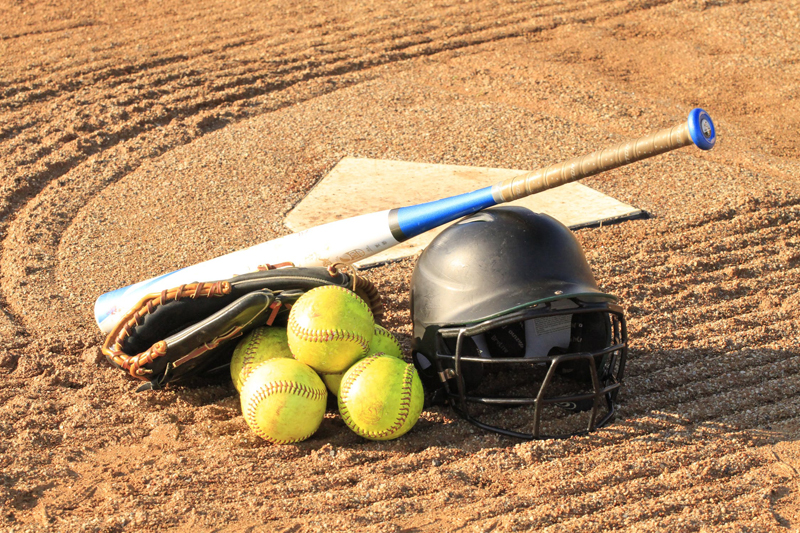Scorekeeping at the end of a Game

These game statistics are a vital aid as a team progresses through the season. As a coach, I may use these game statistics to change my batting order, move fielders around, or move a bench player to the starting lineup before the next game. If for the next game we are playing a team we have played before, I will use the score book from the previous time we played to see which opposing player hit where, how good their catcher was at throwing out our runners, how well they covered out bunts, or other information particular to that team. The more information I have, the better prepared I am for the next game.
In ASA scoring, the scorekeeper should total the number of at bats for each player that bats. Note that an “at bat” is not the total times the batter came to the plate (which is known as “plate appearances” – not an official ASA statistic). “At bats” is the total plate appearances minus sacrifices, walks, and hit-by-pitches. For example, a player comes to the plate four times in a game, and walks once, hits a sacrifice bunt once, is hit by a pitch once, and reaches base by a fielder’s choice once; she would have one at bat for the game. Also for each batter, the scorekeeper should tabulate the number of runs scored, hits (including doubles, triples and home runs), and runs-batted in (RBIs).
For fielding, put outs, assists, and errors should be recorded for each player that played in the field at some time during the game. Some special situations of which the scorekeeper should be aware include the catcher getting credit for a put out on a strike out, the catcher getting credit for a put out if a batter bats out of order or if a batter is called out for batter’s interference, and the fielder closest to the runner getting credit for a put out if a runner is called out for interference. Make sure that all players that touch a ball in a play get credit for an assist on the play, not just the player who threw the ball for the out. Errors were covered in a previous scorekeeping article.
For each pitcher, count the number of walks, strike outs, wild pitches, hits and runs allowed. The scorekeeper should also determine the winning and losing pitcher. The starting pitcher gets the win if she pitches at least half the innings of the game and her team wins (if she finishes the game) or her team is ahead and stays ahead after she gets replaced. Otherwise, the winning pitcher is the pitcher who pitches when her team gains the lead and keeps it. The losing pitcher is the pitcher who leaves the game with her team behind and they stay behind, otherwise it is the starting pitcher of the losing team.
Other bits of data that the scorekeeper must enter are the time of game, the names of all the umpires, and her own name. If any double or triple plays were made, she should note the players who participated in them. Players who stole bases and catchers who had passed balls should be recorded. Finally, for Fast Pitch Softball games, earned runs for each pitcher should be recorded. Note that this is not an official ASA statistic, as Earned Runs and Earned Run Average (ERA) have little meaning in Slow Pitch or Modified Pitch Games.
It sounds like a lot of information, and it will take a few minutes to put together, but a final tally of the statistics will help the coach and the team greatly. With a little practice, collecting and compiling end-game statistics will become second-nature to the scorekeeper.
BellaOnline Softball Subject List: Coach´s Box, Health & Medical, History of Softball, International Softball, Organizations, Parents , Professional Softball, Reviews, Rules & Regulations, Scorekeeping, Stats & Analysis, Travel Ball |
This site needs an editor - click to learn more!
You Should Also Read:
Scorekeeping Tasks between Innings
Scorekeeping an Error in Softball
Scorekeeping the Earned Run in Softball
Related Articles
Editor's Picks Articles
Top Ten Articles
Previous Features
Site Map
Content copyright © 2023 by Don McKay. All rights reserved.
This content was written by Don McKay. If you wish to use this content in any manner, you need written permission. Contact
BellaOnline Administration
for details.


